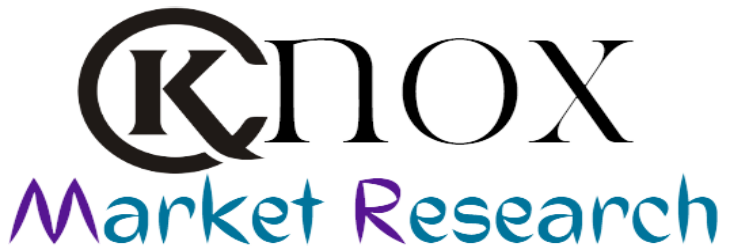The Active Pharmaceutical Ingredients (API) market has seen tremendous growth over the years, owing to the increasing demand for various types of pharmaceutical drugs globally. The API is a critical component of the drug formulation process, and it is responsible for the therapeutic efficacy of the drug. The market for API is projected to grow at a CAGR of 6.3% during the forecast period (2021-2026).
The market for API is segmented based on type, application, and geography. Based on type, the market is divided into synthetic and biological APIs. The synthetic API segment is further sub-segmented into innovative and generic APIs. The innovative synthetic API segment dominates the market, owing to the increasing investment in research and development activities and the development of new drugs. Based on application, the market is segmented into cardiovascular disease, oncology, neurological disorders, orthopedic disorders, respiratory diseases, gastrointestinal disorders, and others. Among these, the cardiovascular disease segment dominates the market, owing to the increasing prevalence of cardiovascular diseases globally.
North America dominates the global API market, owing to the presence of major pharmaceutical companies, increasing R&D activities, and the high adoption of innovative therapies. Europe and Asia-Pacific follow North America in terms of market share.
One of the key factors driving the growth of the API market is the increasing prevalence of chronic diseases globally. According to the World Health Organization, chronic diseases account for 71% of all deaths globally, and the number is expected to increase further in the coming years. This has led to an increase in the demand for various types of pharmaceutical drugs, which, in turn, has fueled the growth of the API market.
Another key factor driving the growth of the API market is the increasing investment in research and development activities. Major pharmaceutical companies are investing heavily in R&D activities to develop new drugs and expand their product portfolios. This has led to the development of innovative drugs, which, in turn, has increased the demand for APIs.
However, the high cost of API development and the stringent regulatory policies for drug approval are expected to hinder the growth of the API market during the forecast period. The development of new drugs involves a significant investment in R&D activities, which increases the overall cost of API development. Additionally, the stringent regulatory policies for drug approval delay the time-to-market of new drugs, which can impact the revenue of pharmaceutical companies.
In conclusion, the API market is expected to witness significant growth during the forecast period, owing to the increasing prevalence of chronic diseases globally, the increasing investment in research and development activities, and the development of innovative drugs. The market is dominated by North America, followed by Europe and Asia-Pacific. However, the high cost of API development and the stringent regulatory policies for drug approval are expected to hinder the growth of the API market during the forecast period.
To succeed in this market, companies need to focus on developing innovative and cost-effective APIs, expanding their product portfolios, and complying with the regulatory policies for drug approval. Additionally, companies need to focus on increasing their presence in emerging markets, such as Asia-Pacific and Latin America, to tap into the growing demand for pharmaceutical drugs in these regions.
Disclaimer: The views, suggestions, and opinions expressed here are the sole responsibility of the experts. No Knox Market Research journalist was involved in the writing and production of this article.
